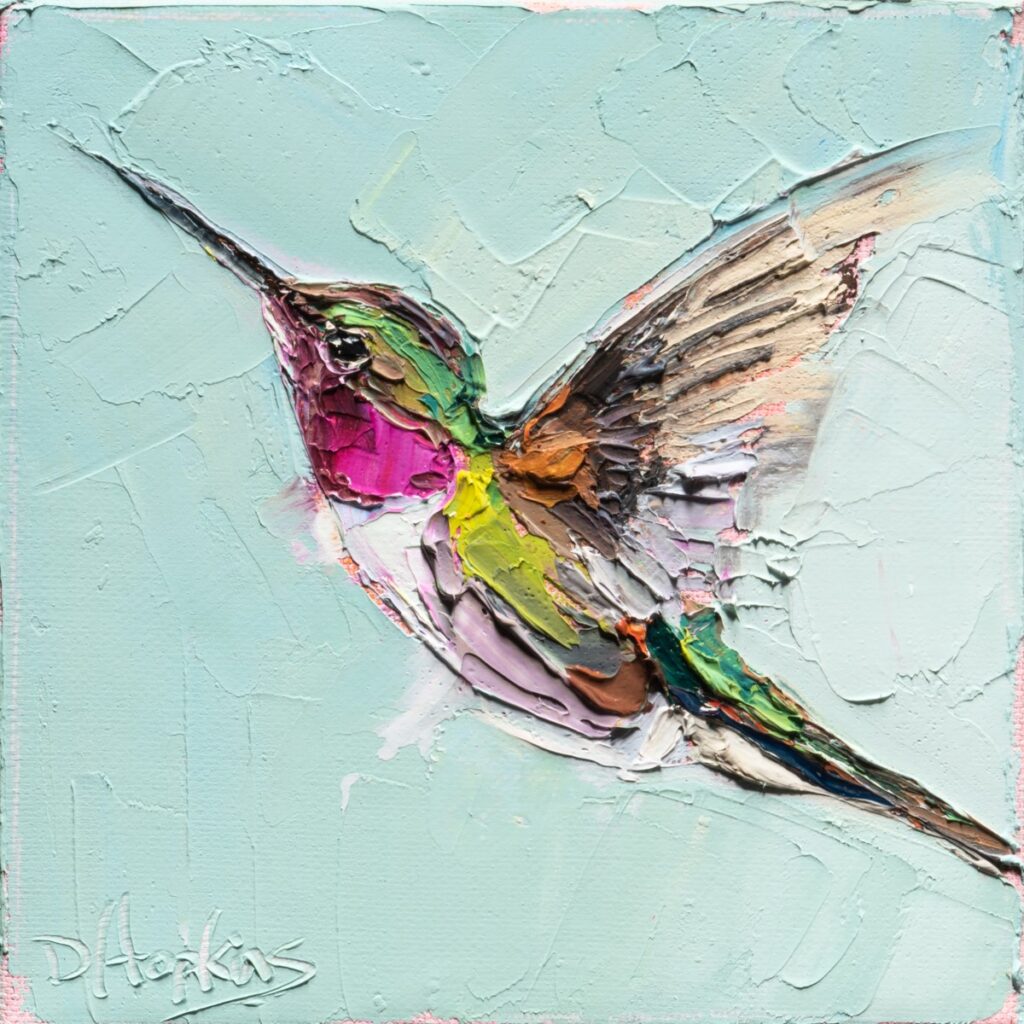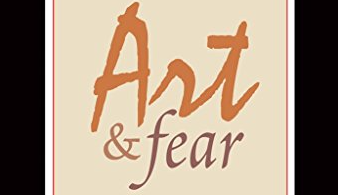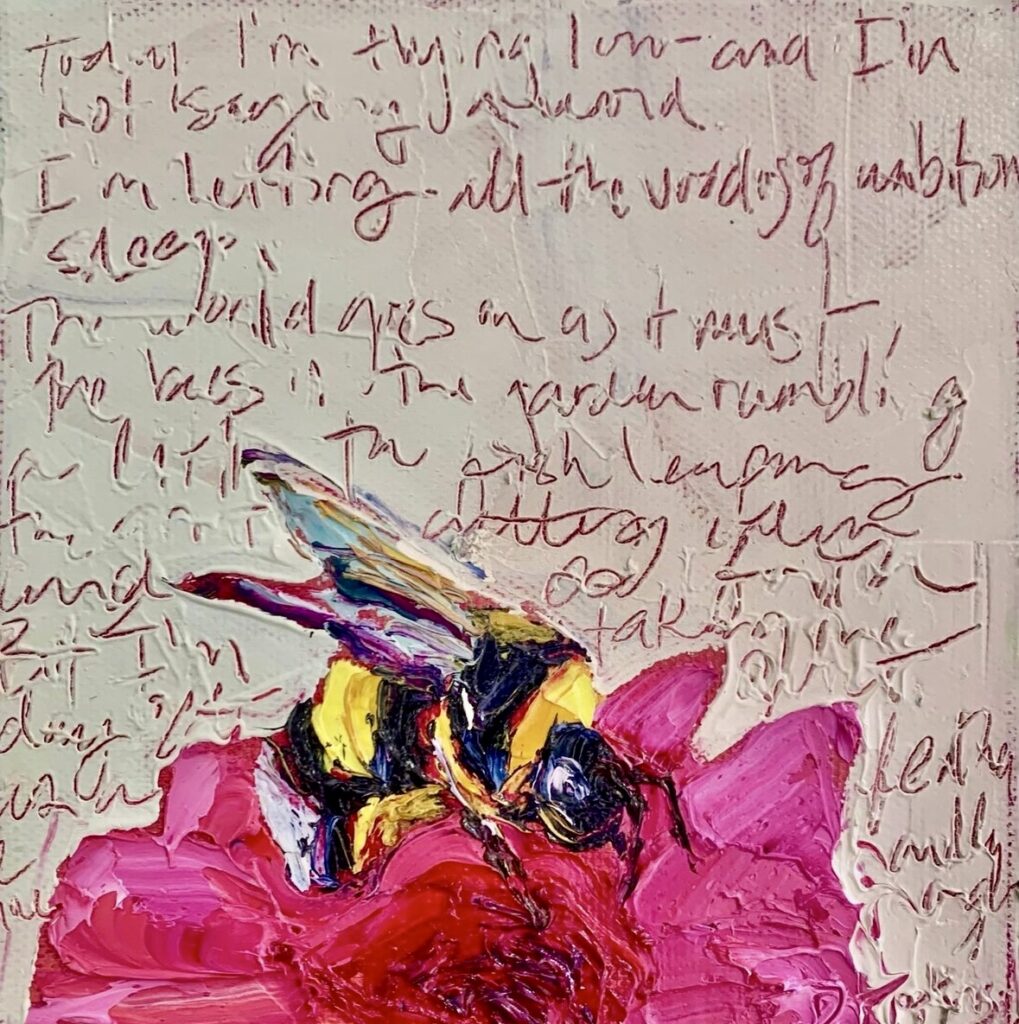Category: art inspiration
My blog and my paintings go hand in hand. Welcome to the stories, inspirations, and hopes behind each piece and what art is continually teaching me about living live well.
Home > art inspiration
Remember You are Dust
One of the first things I remember learning as a child was the concept of patterns. Teachers seemed to be...
Start small
We were sitting on the second story porch of a cabin built into the side of a hill looking down...
A Softer Place to Land
[et_pb_section fb_built=”1″ admin_label=”Content” module_id=”content” _builder_version=”4.10.6″ custom_width_px__hover=”1080px” custom_width_px__hover_enabled=”1080px” custom_width_percent__hover=”80%” custom_width_percent__hover_enabled=”80%” global_colors_info=”{}” make_fullwidth__hover=”off” make_fullwidth__hover_enabled=”off” use_custom_width__hover=”off” use_custom_width__hover_enabled=”off” width_unit__hover=”on” width_unit__hover_enabled=”on” theme_builder_area=”post_content”][et_pb_row _builder_version=”4.14.5″ custom_padding=”75px|||||” hover_enabled=”0″...
My favorite art book: let’s discuss!
[et_pb_section fb_built=”1″ admin_label=”Content” module_id=”content” _builder_version=”4.10.6″ custom_width_px__hover=”1080px” custom_width_px__hover_enabled=”1080px” custom_width_percent__hover=”80%” custom_width_percent__hover_enabled=”80%” global_colors_info=”{}” make_fullwidth__hover=”off” make_fullwidth__hover_enabled=”off” use_custom_width__hover=”off” use_custom_width__hover_enabled=”off” width_unit__hover=”on” width_unit__hover_enabled=”on”][et_pb_row _builder_version=”4.14.5″ custom_padding=”75px|||||” use_custom_width=”on” custom_width_px=”1280px”...
Draw the line.
[et_pb_section fb_built=”1″ admin_label=”Content” module_id=”content” _builder_version=”4.10.6″ custom_width_px__hover=”1080px” custom_width_px__hover_enabled=”1080px” custom_width_percent__hover=”80%” custom_width_percent__hover_enabled=”80%” global_colors_info=”{}” make_fullwidth__hover=”off” make_fullwidth__hover_enabled=”off” use_custom_width__hover=”off” use_custom_width__hover_enabled=”off” width_unit__hover=”on” width_unit__hover_enabled=”on”][et_pb_row _builder_version=”4.14.5″ custom_padding=”75px|||||” use_custom_width=”on” custom_width_px=”1280px”...
Watchless.
“Today” by Mary Oliver Today I’m flying low and I’m not saying a word. I’m letting all the...
Think like an artist
[et_pb_section fb_built=”1″ admin_label=”Content” module_id=”content” _builder_version=”4.10.6″ custom_width_px__hover=”1080px” custom_width_px__hover_enabled=”1080px” custom_width_percent__hover=”80%” custom_width_percent__hover_enabled=”80%” global_colors_info=”{}” make_fullwidth__hover=”off” make_fullwidth__hover_enabled=”off” use_custom_width__hover=”off” use_custom_width__hover_enabled=”off” width_unit__hover=”on” width_unit__hover_enabled=”on”][et_pb_row _builder_version=”4.14.5″ use_custom_width=”on” custom_width_px=”1280px” custom_width_px__hover=”1080px”...
Prepare a Face to Meet the Faces you will Meet
[et_pb_section fb_built=”1″ admin_label=”section” _builder_version=”3.0.47″][et_pb_row admin_label=”Row” _builder_version=”3.0.48″ background_size=”initial” background_position=”top_left” background_repeat=”repeat”][et_pb_column type=”2_3″ _builder_version=”3.0.47″ parallax=”off” parallax_method=”on”][et_pb_text admin_label=”Text” _builder_version=”3.19.12″ background_size=”initial” background_position=”top_left” background_repeat=”repeat”] Alfred...
Join the Denise Hopkins Fine Art VIP Club Today
Become a member and enjoy early access to new releases, exclusive discounts, and a new wallpaper for your computer or tablet. Elevate your art journey with us.







